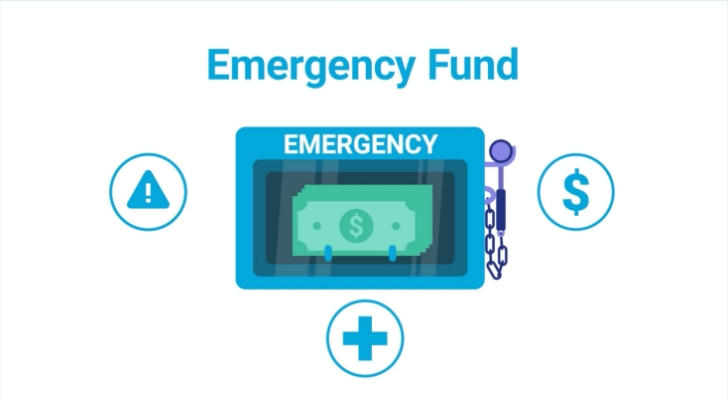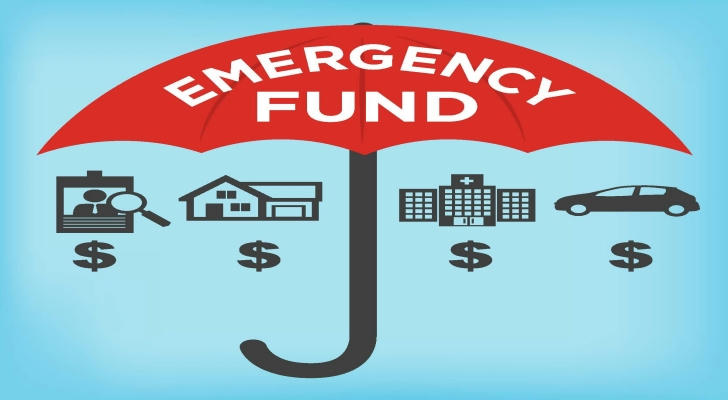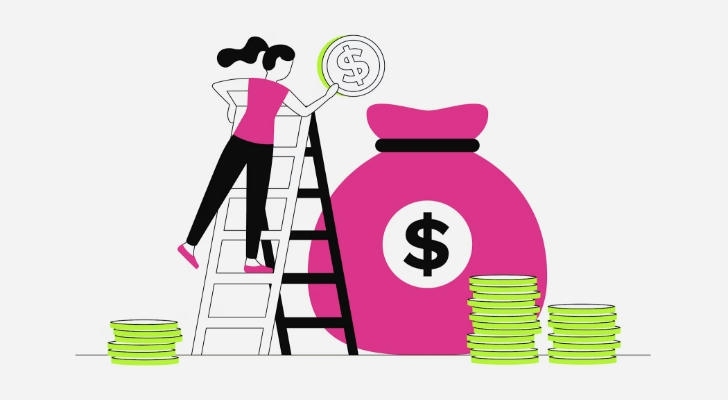Your 5-Year Plan to Building a Solid Emergency Fund 💪
Life is unpredictable. Whether it’s an unexpected car repair, medical bill, or job loss, having a robust emergency fund can be the difference between financial stability and crisis. Yet, according to a 2023 Bankrate survey, nearly 57% of Americans cannot cover an unexpected $1,000 expense.
This article outlines a practical, five-year roadmap to creating a reliable emergency fund, using real-life examples, expert insights, and actionable tips. With commitment and strategic planning, you can establish a safety net that safeguards your financial future.

Why an Emergency Fund Matters
An emergency fund is a dedicated pool of money set aside to cover unforeseen expenses. Financial experts like Dave Ramsey recommend having 3–6 months' worth of living expenses in your fund. This cushion provides peace of mind and prevents reliance on high-interest credit cards or loans during emergencies.
Case in Point:
Sophia, a single mother in Chicago, faced a sudden job layoff during the pandemic. Because she had saved six months of expenses, she avoided debt while searching for a new job. Contrast this with her coworker, Mark, who relied on credit cards and accrued $7,000 in debt within three months.
Lesson: Building an emergency fund takes time, but its benefits far outweigh the effort.
The 5-Year Emergency Fund Plan
Year 1: Set the Foundation
Goal: Save $1,000 as a starter emergency fund.
Budgeting Basics: Identify areas to cut back, such as dining out, subscriptions, or non-essential shopping. Apps like Mint or YNAB (You Need a Budget) can help you track spending.
Automate Savings: Set up automatic transfers to a dedicated savings account. Even $25 per week can accumulate into $1,300 in a year.
Use Windfalls: Direct bonuses, tax refunds, or gifts toward your fund.
Example:
David, a recent college graduate, saved $1,200 in his first year by limiting coffee shop visits to twice a week and selling unused electronics online.

Year 2: Build Consistency
Goal: Save one month’s worth of living expenses.
Incremental Increases: Aim to save 10–15% of your monthly income. If this isn’t feasible, start with 5% and gradually increase it.
Eliminate High-Interest Debt: Allocate extra income toward reducing credit card balances, freeing up more money for savings.
Separate Savings: Keep your emergency fund in a high-yield savings account, such as those offered by Ally Bank or Marcus by Goldman Sachs, to earn interest.
Example:
Lisa, a teacher, contributed $300 monthly by carpooling to work and pausing her gym membership. By the end of Year 2, she had saved $4,000.
Years 3–4: Accelerate Growth
Goal: Save three months’ worth of living expenses.
Diversify Income Streams: Consider freelance work, selling crafts, or tutoring. Platforms like Upwork or Etsy can help.
Review and Adjust: Revisit your budget to identify new saving opportunities, such as switching to cheaper insurance plans or renegotiating utility bills.
Invest in Savings: If your fund exceeds short-term needs, park a portion in a money market account or short-term CDs for better returns.
Example:
Thomas, an IT consultant, saved $10,000 in two years by renting out a spare room on Airbnb and cutting cable TV.
Year 5: Solidify the Safety Net
Goal: Save six months’ worth of living expenses.
Incorporate Raises: Allocate a portion of salary increases or promotions to your fund.
Protect the Fund: Resist the temptation to dip into it for non-emergencies by setting clear withdrawal rules.
Build Beyond the Basics: Once the emergency fund is complete, explore investments like ETFs or retirement accounts to grow long-term wealth.
Example:
Maria, a marketing manager, completed her six-month emergency fund by the fifth year. She attributed her success to consistent savings and redirecting her annual bonuses toward her goal.
Common Challenges and How to Overcome Them
1. Irregular Income
For freelancers or gig workers, saving consistently can be difficult. The solution is to save aggressively during high-income months and adjust spending during slower periods.
2. Competing Financial Priorities
Balancing savings with debt repayment or retirement contributions is challenging. Experts recommend focusing on high-interest debt first while simultaneously building a small emergency fund.
3. Lack of Motivation
Saving can feel tedious without clear milestones. Break your goal into smaller steps and celebrate achievements, such as reaching your first $5,000.

Benefits of a Solid Emergency Fund
Financial Stability
Avoid high-interest debt and maintain financial independence during tough times.
Peace of Mind
Knowing you can handle emergencies reduces stress and improves mental well-being.
Flexibility
An emergency fund provides freedom to navigate life’s uncertainties, from career transitions to unexpected expenses.
Real-World Impact of Emergency Funds
Data from The Federal Reserve's Economic Well-Being Report (2023) shows that households with an emergency fund are 75% less likely to face financial hardships. They’re also more likely to recover quickly from setbacks, such as layoffs or medical emergencies.
Conclusion: Building a Lifeline for the Future
Creating a robust emergency fund is a journey, not a sprint. By following this five-year plan, you can establish a financial safety net that protects you from life’s uncertainties. Start small, stay consistent, and adapt as your circumstances change.
Remember: the best time to start building your emergency fund was yesterday. The second best time is today. 💪
